crocin Saffron (Crocus sativus, L.) has been used traditionally as a coloring or flavoring agent, as well as a herbal remedy. It contains four major bioactive constituents which are crocin (color), crocetin (color), picrocrocin (taste) and safranal (aroma). Crocin is a carotenoid chemical compound that is found in the flowers crocus and gardenia. it is the chemical primarily responsible for the color of saffron. It has a deep red color and forms crystals with a melting point of 186 °C. When dissolved in water, it forms an orange solution. Crocin has shown various pharmacological activities such as antioxidant, anticancer, memory improvement, antidepressant cerebral kidney , heart skeletal...
Iranian Saffron, the most precious saffron in the word
Saffron Saffron /ˈsæfrən / which is known as “red gold” is the one of the most expensive spices in the world. Some believe that saffron has been planting since 4000 years ago. Every year, the Iranian saffron harvest season begins in early October (based on era claimant) and lasts about tow months. Saffron grows in special weather conditions, in hot-dry climates and needs full sun. Its seed (onion) should be planted by hand one by one. When its flower grows up three or four violet-blue flowers appear . Each of these flowers has two or three red stigmas. Saffron actually...
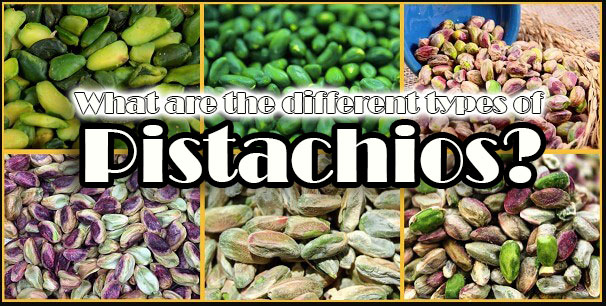
What are the different types of Pistachios?
Iranians call the pistachio “Green Gold” because of its intense flavor and cultural popularity. Iranian pistachio producers provide a wide variety of premium pistachios that are handpicked to ensure the highest quality. They take pride in their broad range of pistachios, which enables them to offer our customers a product that will fit their terms and requirements perfectly, whatever they may be. As well as shelled pistachios, they provide pistachio kernels too. Kernels went through a shelling process, which means they aren’t offered in a shell at the end of the production process. Among these nuts ranges, there are Green Peeled Kernels. This...
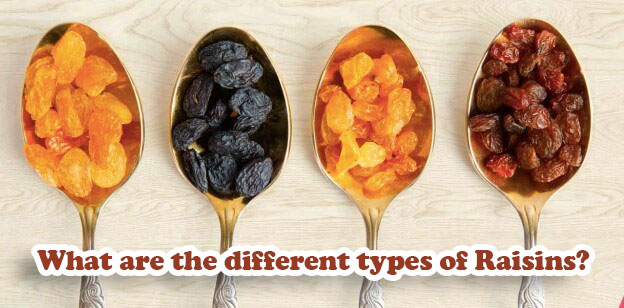
What are the different types of Raisins?
Raisins contain more nutrients than their small size might indicate. When the grapes are dehydrated to produce raisins, the nutrients become more concentrated, turning a handful of raisins into a snack rich in B vitamins, iron, and potassium. There are many different types of raisins with different shapes, colors, sizes, and flavors. In this article, we are going to show you different types of raisins. So just keep reading to find out more about this wonderful dried fruit. Most raisins are made from different types of grapes such as Thompson seedless, Flame seedless, sultana, Muscat, and black Corinth. Raisin Varieties...
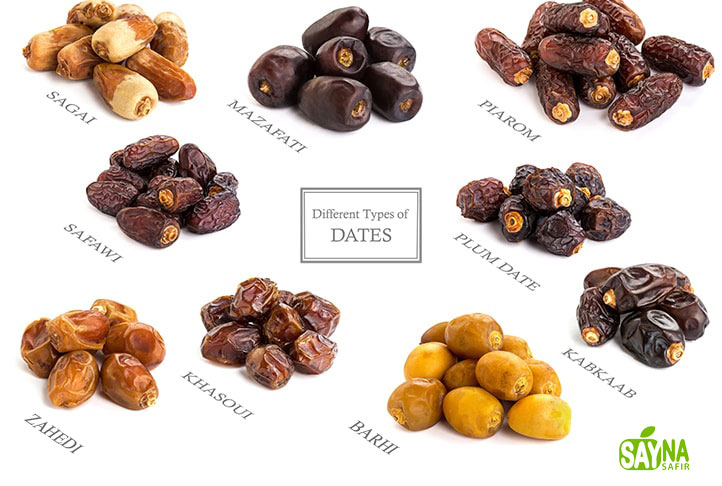
What are the different types of Dates?
Dates are such a holy fruit in the Middle East, so much that the date palm is regarded as the “Tree of Life”. Historians believe that dates are one of the ancient fruits that their cultivation traces back to around 8,000 years ago. There are more than 200 varieties of dates with different shapes and flavors, however, all of them are the same in nutrition. In this article, we are going to introduce some of these different types of dates. 14 Popular Dates Varieties: Medjool Dates Piarom Dates Deglet Noor Dates Mazafati Dates Barhi Dates Rabbi Dates Thoory Dates Sayer Dates Dayri...
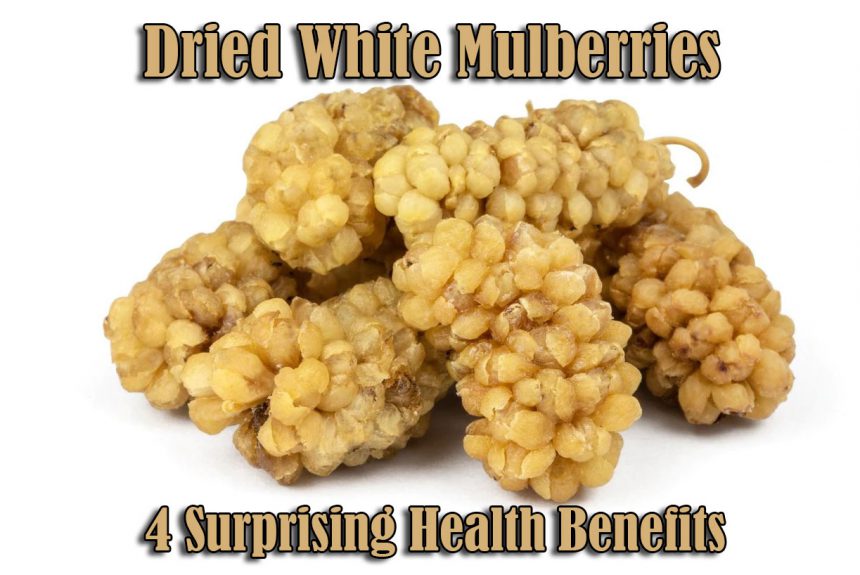
Dried Mulberries: 4 Surprising Health Benefits
Dried Mulberries are a superfood that’s worth mulling over! Our dried mulberries have a naturally sweet flavor with no added sugar. They provide unusually high levels of protein and iron for a fruit, and are also a rich source of vitamin C, fiber, calcium, and antioxidants. All-natural dried white mulberries are delicious as a snack or mixed in yogurt, smoothies, and more. What Do Dried Mulberries Taste Like? Mulberries have a mildly sweet flavor that is similar in taste to dried goji berries and figs. These berries are dried so they have a slightly crunchy texture. How To Eat Dried...
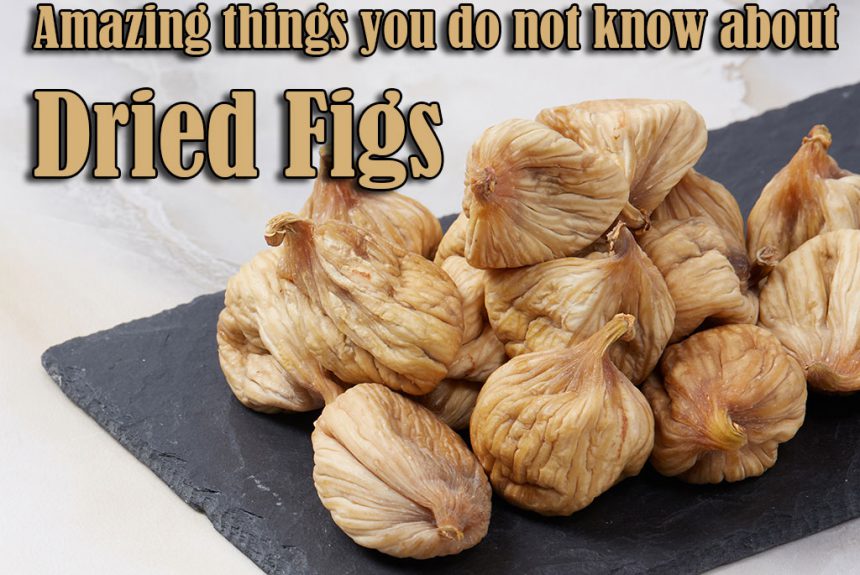
Amazing things you do not know about dried figs
You can enjoy dried figs all year round, and also enjoy their many health benefits, thanks to their uniquely dense nutritional composition. Dried figs are the dried forms of the fig fruit, which grows on the fig tree, scientifically known as Ficus carica. While fresh figs are quite popular for their juicy, luscious texture, they are rather delicate fruits and are only available for a short time each year. Fresh figs are only good for 1-2 weeks after they are harvested, and are best consumed within a few days. [1] Dried figs, on the other hand, can be savored throughout the year. They are...
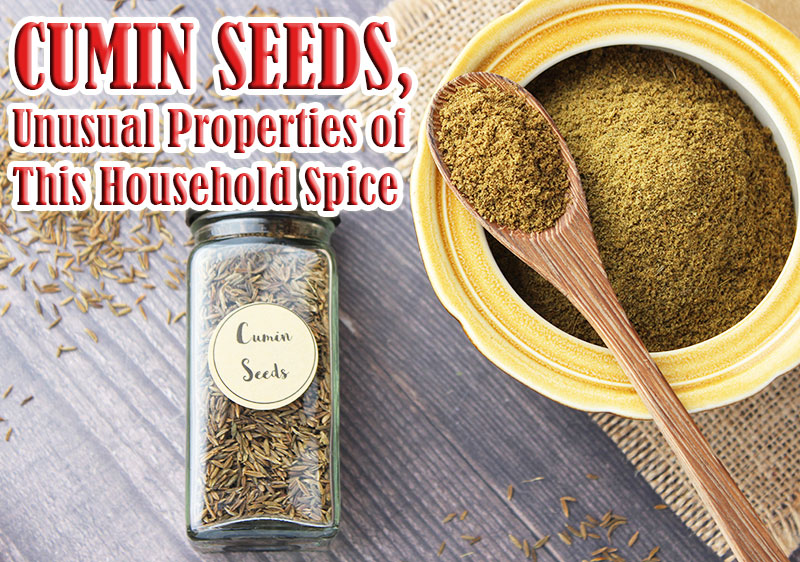
CUMIN SEEDS, Unusual Properties of this household spice
Cumin is a spice that comes from the Cuminum cyminum plant. It is native to Asia, Africa, and Europe. However, people all around the world use cumin seeds or powder to flavor meals. People usually buy cumin in the form of whole dried seeds or as ground powder. It is a typical ingredient in many spice blends, such as curry powder. Cumin is a staple spice in many food cultures, particularly Mexican, Indian, African, and Asian cuisine. Aside from this, cumin has also played a medicinal role in many parts of the world, including Southeast Asia and Iran, for some years. People’s...
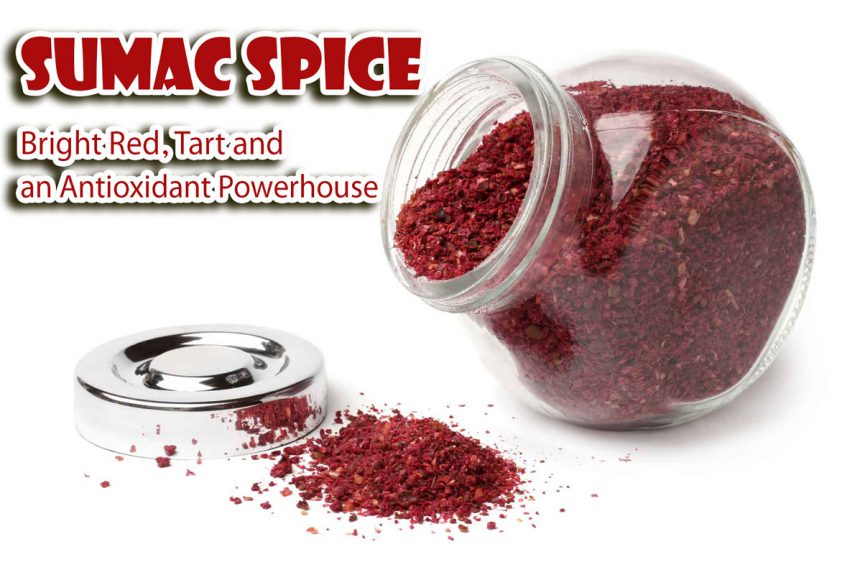
SUMAC Spice: Bright Red, Tart And An Antioxidant Powerhouse
Sumac is a popular ingredient in the Mediterranean and Middle Eastern cuisines. In addition, people use it therapeutically in herbal medicine practices. This article explores everything you need to know about sumac, including what it is, its potential health benefits, and how to use it. What is sumac? Sumac is a flowering shrub known scientifically as Rhus coriaria. People use its red berries as a culinary spice and herbal supplement. Sumac is a variety of flowering shrub that belongs to a family of plants known as Anacardiaceae. Its scientific name is Rhus coriaria. Other common members of this family include cashew and mango...
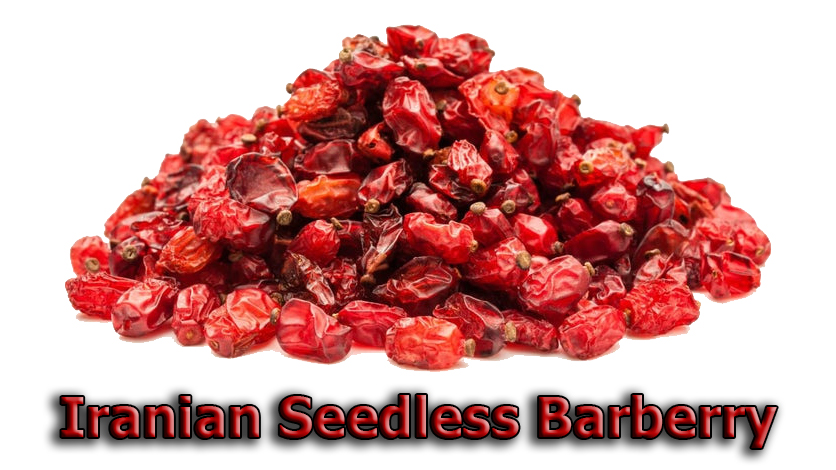
Iranian Seedless Barberry, amazing benefits!
Berberis vulgaris, commonly known as seedless barberry (or Iranian Zereshk), is a shrub that grows tart, red berries. While the plant is native to parts of Iran and Asia, it can now be found all over the world. Its berries have been used in traditional medicine for centuries to treat digestive issues, infections, and skin conditions. They contain several beneficial compounds, most notably berberine, which acts as an antioxidant and may help manage conditions like diabetes, fight dental infections, and treat acne (1). Here are 9 impressive benefits of barberries. 1. Barberries, High in nutrients Barberries are highly nutritious. They...
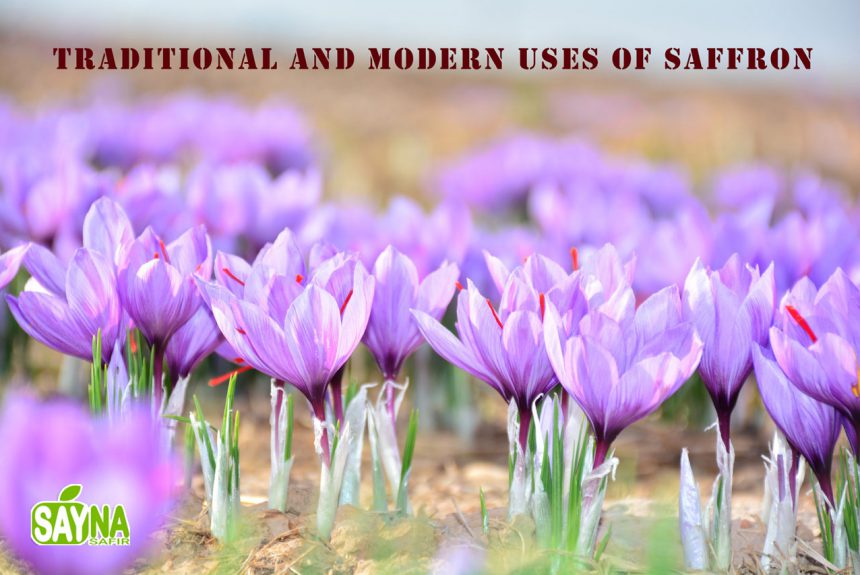
Traditional and Modern Uses of Saffron
Saffron is the most valuable medicinal food product because of its importance in the sustainable development of the production areas of this spice. In this context, the traditional production of saffron in Iran has many strengths and undeniable comparative advantages favoring its commercial development and its insertion into the networks of organic farming, fair trade and solidarity tourism. The dried stigmas of the plant Crocus sativus are used in saffron as a well-known spice that has other significance in the pharmaceutical industries, textile dyes, and especially cosmetics; nowadays, the latter is ubiquitous and based on the incorporation of healthy and...
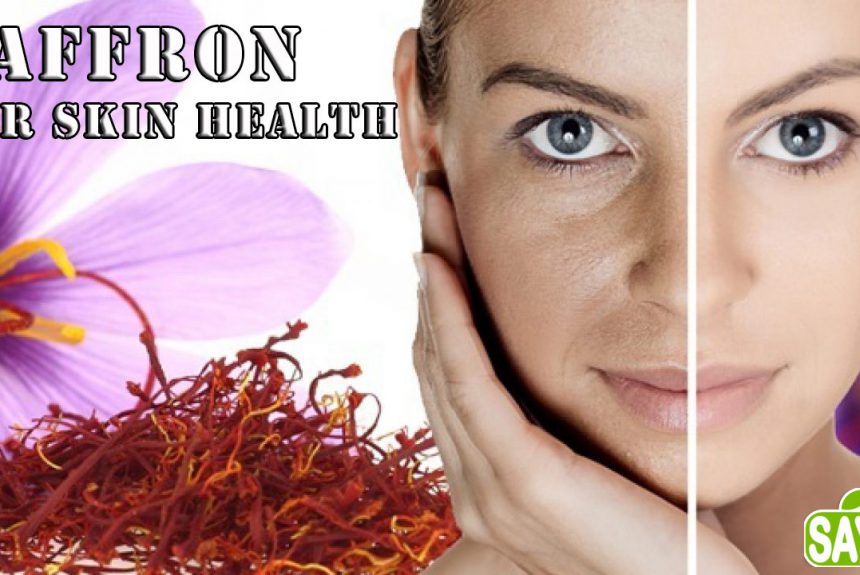
Are There Any Medically Proven Benefits of Saffron for Skin Health?
Saffron is a vibrant red spice that comes from the plant saffron crocus (Crocus sativus). It’s made of the flower’s dried stigmas (the tops of the female part). The plant is thought to have originated in Iran. These days, it grows in many countries, including Iran, Spain, and China. Traditionally, saffron has been used to color and flavor food. It’s also used as an herbal remedy for ailments like back pain, wounds, and abscesses. Saffron is a valuable ingredient in the cosmetics industry. Many people claim that saffron can relieve common skin issues, including inflammation and acne. Some of these claims...
